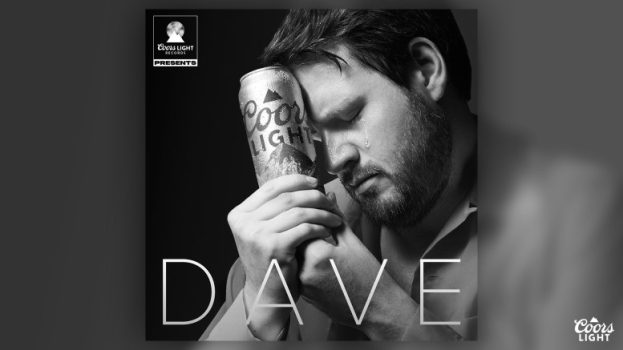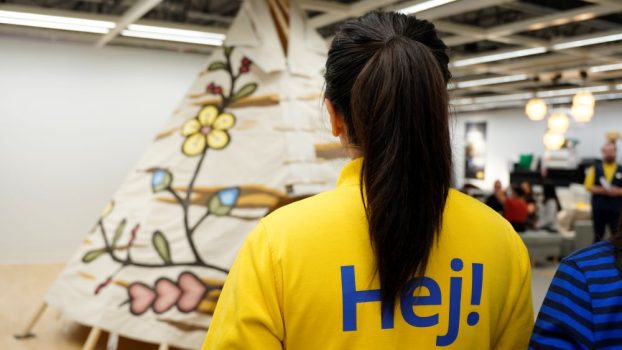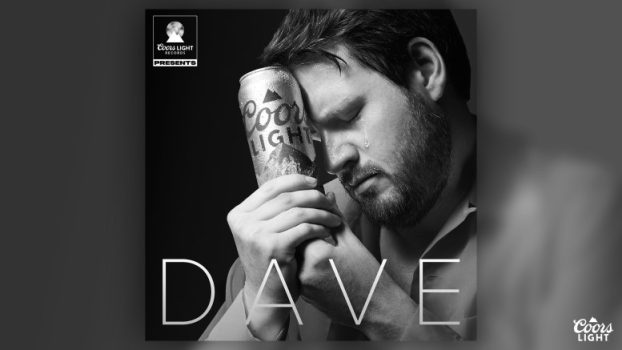
Heart & Stroke has entered a new phase in its work to communicate the key considerations around women’s heart and brain health.
Its new campaign hero spot features women with lived experience of heart conditions and stroke. It focuses on key periods in women’s lives like reproductive years due to factors such as contraception or pregnancy, menopause or midlife as estrogen levels fluctuate, and post-menopause when protective factors associated with estrogen are gone.
Whether it’s messaging around fundraising or mission-based education like this effort, the organization is all about focusing on the cause and relationship-building, says Stephanie Cox, Heart & Stroke’s vice president of marketing, communications and digital.
Cox says that the campaign’s caption “beat heart disease and stroke” is similar to phrasing that was used in past creative work, including a wellness program it developed that “beats hypertension.”
Last year’s work, also with agency partner Sid Lee and also deploying a conversational style of creative, was built around educating the public that women’s healthcare inequities exist.
This new effort contains more specifics, and it’s built around the insight that while there are risk factors for heart conditions and stroke that affect everyone, there are some factors that can affect women in more intense ways, such as high blood pressure, diabetes, smoking and physical inactivity, which can begin or intensify at key life stages as described.
Cox says the organization’s earlier marketing acknowledged the problem exists, and the new campaign is meant to educate so that women can be better informed and more empowered when speaking to their physicians.
The “Women’s Risk Factors” campaign is digitally and influencer-focused, with UM Canada handling media. There are fewer conversion-based channels in the media plan, as it’s not a donor campaign.
“Digital really is the core channel,” Cox says. “This specific campaign is focused on awareness and education for women at a variety of life stages.”
The campaign’s bullseye target is 35 to 55 years old, with the hope that younger and older women will resonate with the outreach too.
International Women’s Day was a “timely hook,” Cox says, and the intent is to be in market for an eight-week period.
Education will take time, and “two months is never enough.” Therefore Heart & Stroke will continue to add content tools and resources, particularly through its online women’s hub.
The ad spend on the campaign is in line with the organization’s past efforts.























